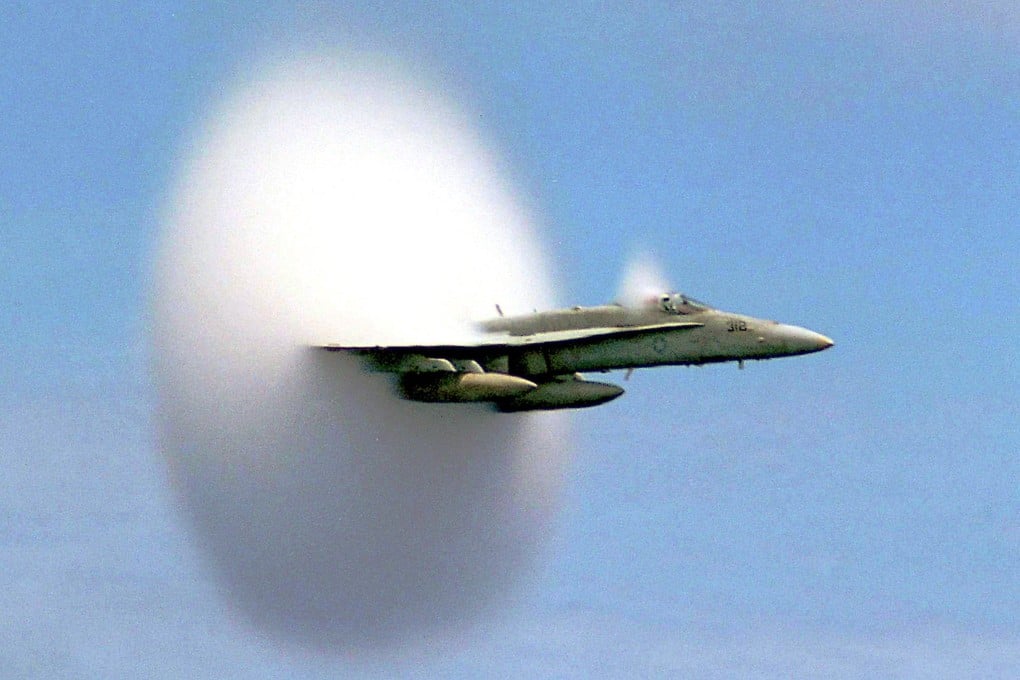Chinese scientists drilled holes in a plane wing to reduce sonic booms. It worked
- Researchers say the holes facilitated airflow, which mitigated shock wave vibrations and improved aerodynamic efficiency

Scientists in northwest China wanted to find a way to reduce the shock waves and sonic booms created when an aircraft flies at supersonic speeds – so they drilled holes into a plane wing.
It was an unorthodox approach, but the holes facilitated airflow from beneath the wing to its upper surface. And that effectively mitigated the shock wave vibrations that cause sonic booms, according to the team from Northwestern Polytechnical University, who used wind tunnel data and computer simulations to carry out the study.
The holes also improved aerodynamic efficiency by a margin of more than 10 per cent, they said in a report published last month in the peer-reviewed Chinese aviation journal Acta Aerodynamica Sinica.
The team’s discovery challenges a fundamental principle of aircraft design that goes back to the Wright brothers’ first flight in 1903.
Separation of air by the wing is seen as the reason behind a plane’s ability to fly. The design of the wing – with a curved upper surface and a flat underside – induces airflow above to accelerate, creating lower pressure, while airflow below the wing moves slower, generating higher pressure.

That difference in pressure creates lift, and when other conditions remain the same, the faster the plane, the greater the lift. Every plane in the air today owes its design to this idea, known as Bernoulli’s principle.